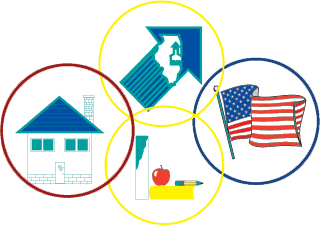Skip to content
Show submenu for ABOUT US
Show submenu for BOARD OF EDUCATION
BOARD OF EDUCATION
Show submenu for PARENTS AND STUDENTS
PARENTS AND STUDENTS
Show submenu for FOR STAFF
FOR STAFF
Show submenu for EMPLOYMENT
Show submenu for DEPARTMENTS
Show submenu for QUICK LINKS
QUICK LINKS
Show submenu for
